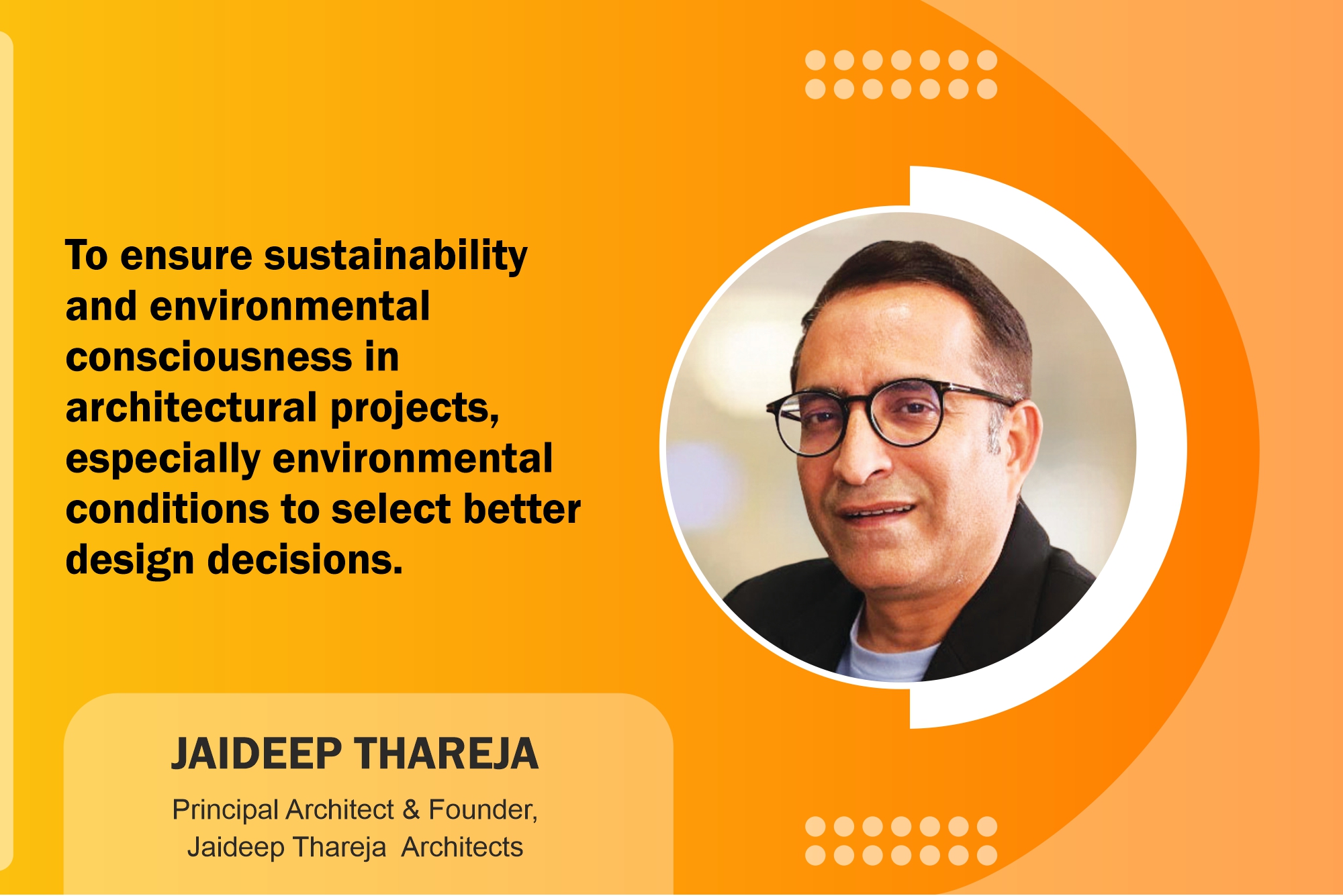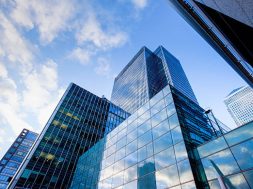Effective waterproofing solutions for durable structures

Discover efficient and effective waterproofing solutions for each type of structure highlighted by Ar. Jaideep Thareja, principal architect and founder of Jaideep Thareja Architects. Mastering effective waterproofing is essential for architects and construction professionals to ensure building longevity, durability, and integrity.
Waterproofing is prominent in building design to safeguard structures against persistent climate challenges. The creators of these structures shall master the art of effective waterproofing to ensure the longevity and durability of our built structures. Effective waterproofing protects buildings from water intrusion and prevents structural damage, mould growth, and degradation of materials. By investing in waterproofing solid systems, architects can ensure that their structures remain intact and last longer in the face of shifting weather.
Green roofing is one of the ways to stop water leaks and other structural problems; in addition to providing protection, it also makes the building look more attractive. These green roofs also act as a built-in water barrier. If the soil and plants absorb rainwater, it becomes easier for drainage systems to process it. Additionally, the plant roots network can mend itself by securing tiny gaps in the substrate as they arise. Green roofs offer additional benefits like building insulation and reducing energy consumption for heating and cooling. Moreover, they create a habitat for urban pollinators and improve air quality. It’s also crucial to remember that adding green roofs necessitates structural support to support the weight of the moist soil and plants.

Another exciting solution for waterproofing is underway. The self-healing concrete is a futuristic technology with immense potential for architects. It consists of microcapsules containing healing agents embedded within the concrete mix. When cracks appear, these capsules rupture, releasing the agent that fills the crack and restores the concrete’s integrity. This can significantly extend the lifespan of concrete structures, reducing long-term maintenance costs. This solution is still in the early stages of development; it will take years to prove this technology effective as it requires long-term performance and needs more assessment.
There are structures where waterproofing is challenging; vacuum-installed systems offer a compelling solution for such complex waterproofing challenges. These systems utilise custom-made pre-fabricated waterproofing membranes to meet specific project requirements. A controlled vacuum is applied between the membrane and the substrate, forcing the membrane into intimate contact with the structure’s contours, even on uneven surfaces or those with complex geometries. This method ensures a watertight seal, which is particularly beneficial for structures with intricate details or tight spaces. This technology can be leveraged for exceptional waterproofing in basements, retaining walls, or even plaza decks. Vacuum-installed systems require specialised equipment and expertise for proper installation.
Waterproofing solutions for concrete structures can be carried easily and affordably with integral waterproofing chemicals. During batching, these admixtures are mixed right into the concrete mixture. They affect the hydration process of the concrete, lowering its porosity and permeability. This can be a workable way to waterproof foundations, cellars, and other below-grade buildings. Depending on the needs of the project and the required level of waterproofing performance, one shall choose the kind and quantity of integral waterproofing additives. Remembering that these admixtures could impact the concrete’s strength, workability, and setting time is also essential.
For more information visit: https://www.jaideeptharejaarchitects.com/
15
Cookie Consent
We use cookies to personalize your experience. By continuing to visit this website you agree to our Terms & Conditions, Privacy Policy and Cookie Policy.







